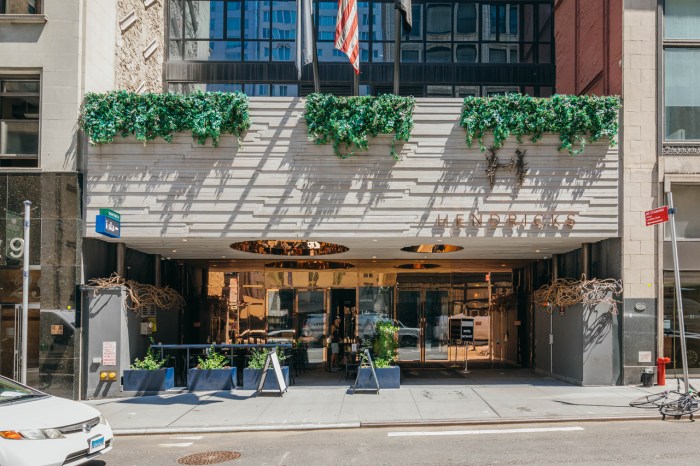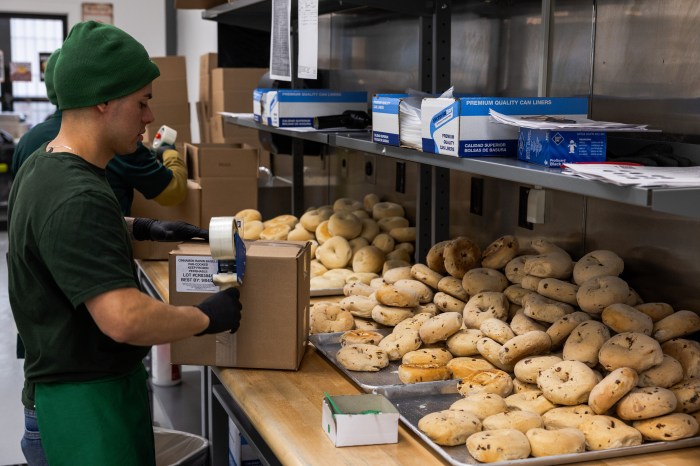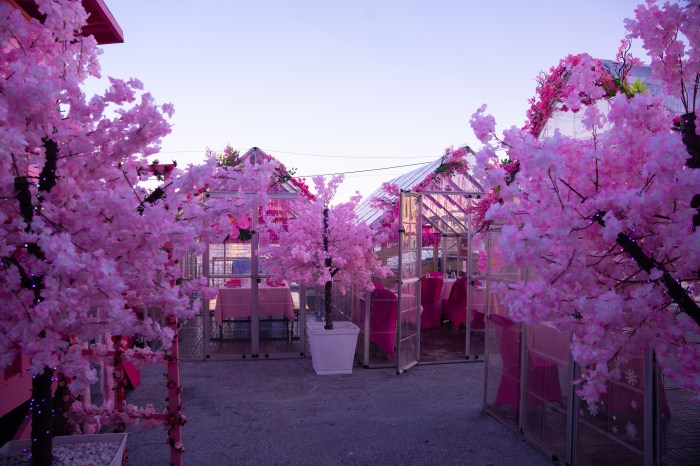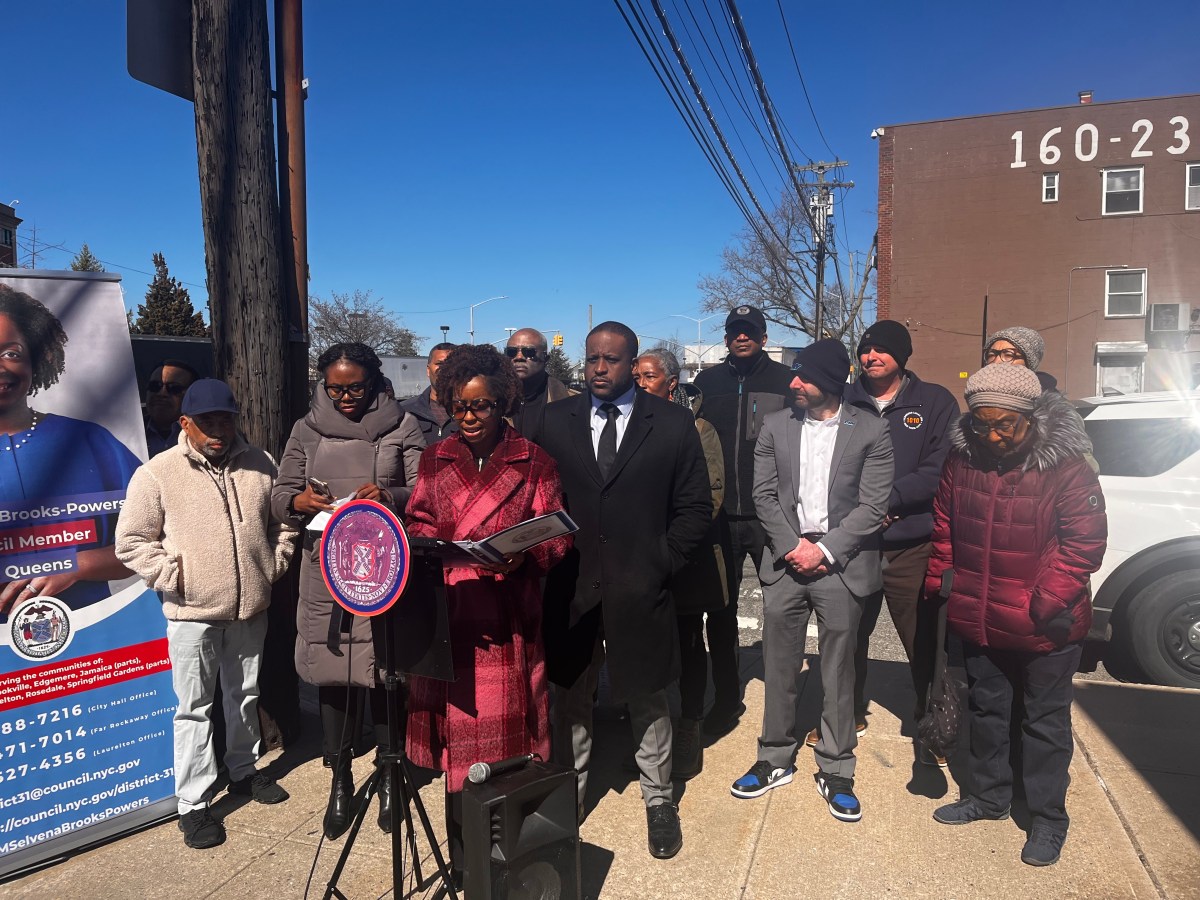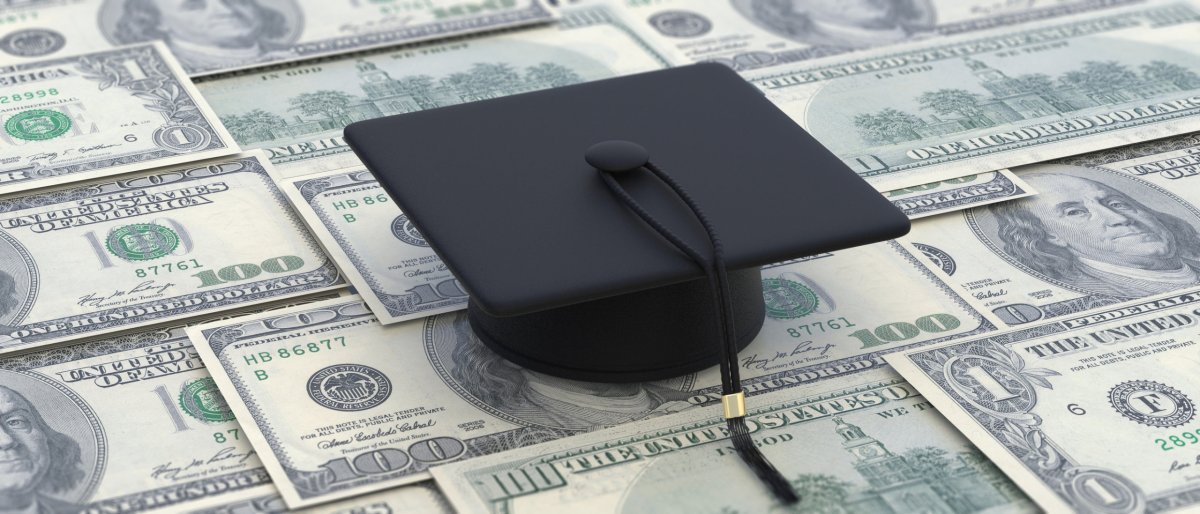Anyone who works in a Manhattan office struggles with the same lunchtime predicament: What do I want to eat? Do I actually have time to leave the building and soak up some sunshine or should I order in? Is there a place to enjoy my meal that isn’t sitting at my desk, alone?
A new food hall opening in the Flatiron District next week aims to answer those questions with five different fast-casual concepts under the same roof and cashless, self-service kiosks. Calling itself “New York’s first virtual food hall,” Sous Vide Kitchen follows an increasing trend of briskly-paced, automated dining in the city, where busy employees frequently use online services like Seamless and GrubHub and apps like UberEats and MealPal to order their lunches for pick-up or delivery.
Sous Vide Kitchen grounds four brands previously limited to delivery and catering in one kitchen at 119 E. 23rd St., alongside the Vietnamese sandwich and noodle vendor BONMi NYC Kitchen. (The same food and beverage consulting firm, JBH Advisory Group, created all five, and the name “sous vide” refers to a method they all use to prepare some ingredients, by sealing them in an airtight container, then cooking them slowly in water at at constant, warm temperature.)
But while customers will, for the first time, watch servers assemble brisket sandwiches from Pulled & Chopped BBQ, greens and grain bowls from Sous Vide Kitchen, feta- and pita-topped salads from Mediterranean Pure Foods and chicken and rice and beans platters from Eso Latin, they will place their orders and pay for them pretty much the same way they would at the office — with a screen and a credit card. A text message will alert them when their food is ready.
Sous Vide Kitchen’s cashless, automated system will speed up food prep and service, while minimizing human interaction at the counter, JBH project manager Jonathan Falcon says.
He adds that it should also solve a problem company employees have at traditional, multi-vendor food halls.
“If we wanted to enjoy different meals, we ended up waiting in different lines, receiving our meals at different times and not necessarily enjoying our lunch together,” he says. “If we wanted one item from several of the vendors at a food hall, we would have to wait in different lines.”
Falcon says that at the new food hall, however, a self-order kiosk system allows customers to mix and match a fire-roasted street corn salad with a spicy lamb baba ganoush bowl, and order on the same line as their friends.
All of that proves “better for a group atmosphere,” Falcon says, noting that Sous Vide Kitchen’s 2,600-square-foot space will offer visitors 60 seats at small tables, countertops and high communal tables. (To us, the model resembles the corporate cafeterias of yore, where diners could order pizza, sandwiches and salads at different counters, and pay for them all at one register.)
But JBH’s experiment may raise more questions than it can answer: If a worker bee is really pressed for time and looking for convenience, why wouldn’t she place her order via Seamless or Grubhub for delivery?
Because “people like to get out of the office for 30 minutes,” says Falcon.
Then why wouldn’t she order her meal online, or via an app like MealPal, so it’s ready for pick-up when she arrives?
Customers really in a rush can purchase pre-packed “grab-and-go” items from a cooler, Falcon offers.
And do humans so intensely desire limiting their interactions with strangers that they would choose to interface with yet another screen, rather than a new face, during their workday? The project manager says JBH’s own research answers in the affirmative.
Sous Vide Kitchen rides on a wave of quick-service restaurants experimenting with cashless, self-serve kiosks to varying degrees of success, including burger chain Shake Shack, quinoa bowl automat Eatsa and fast-food giant McDonalds. One undeniable advantage for companies is the reduction of labor costs.
A parallel can also be drawn between JBH’s decision to pivot its food brands from delivery and catering to a brick-and-mortar location and Amazon’s strategy to open bookstores in cities like Seattle, Chicago and New York City.
Sous Vide Kitchen will operate daily for lunch and dinner from 11 a.m. to 9:30 p.m., starting June 27.



